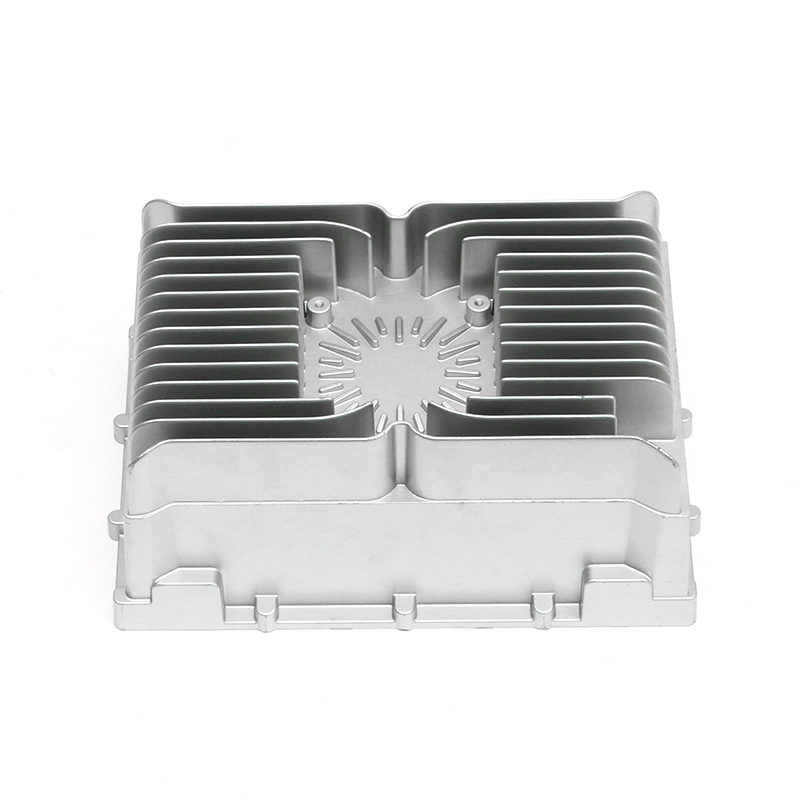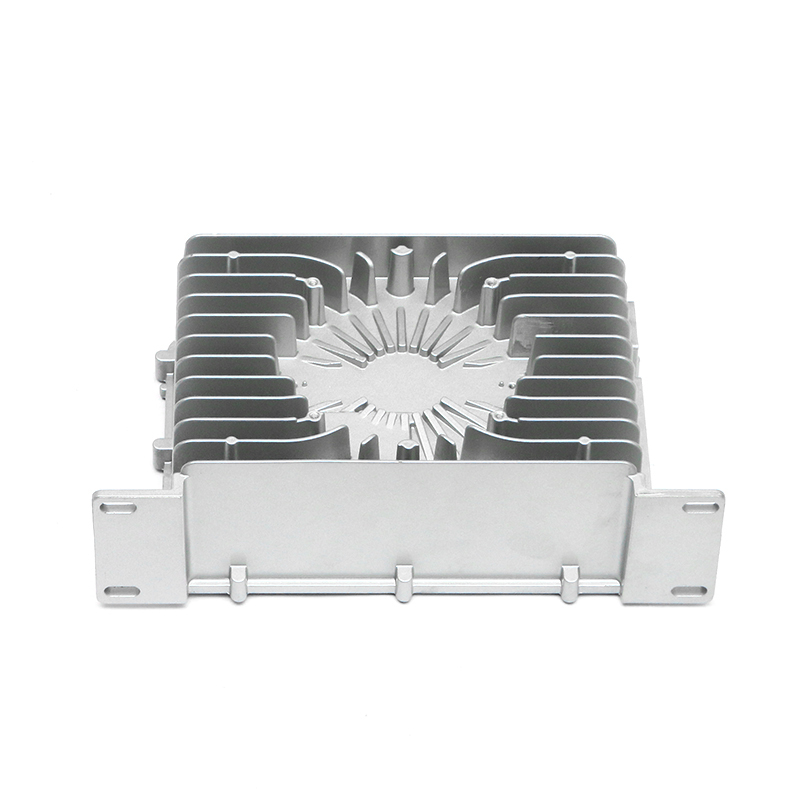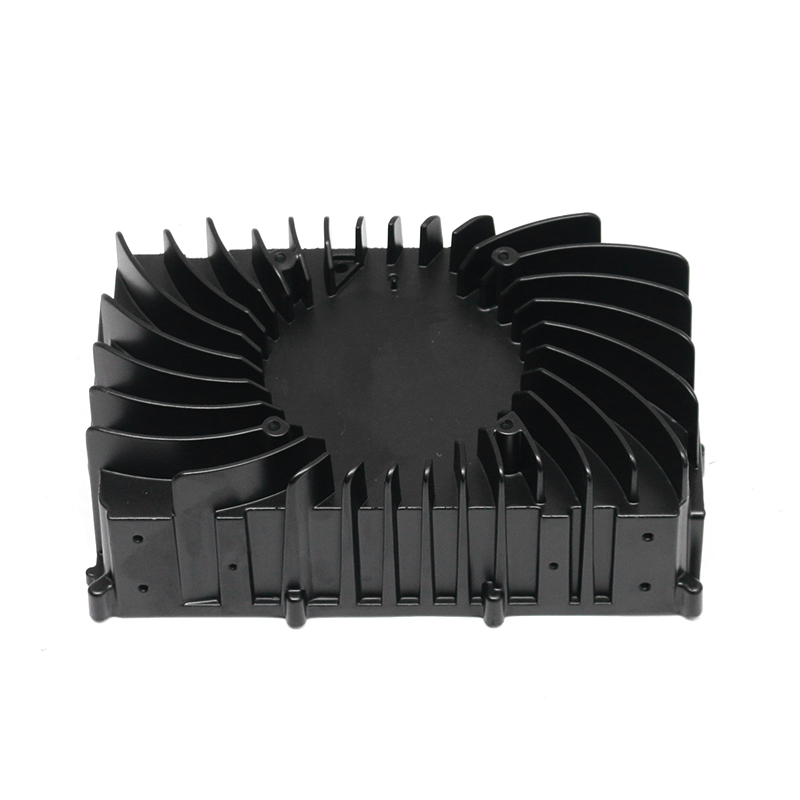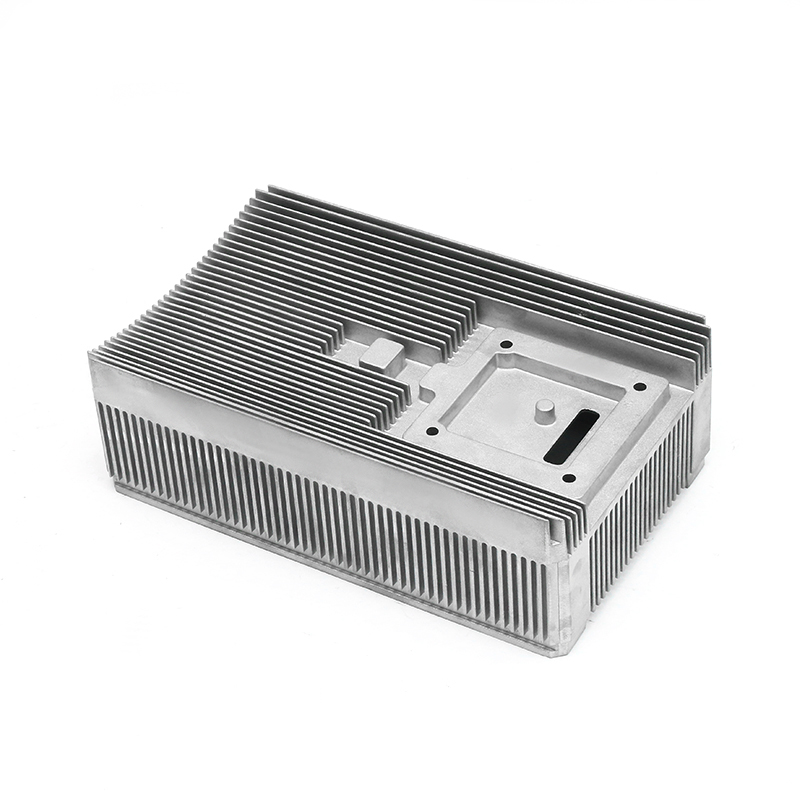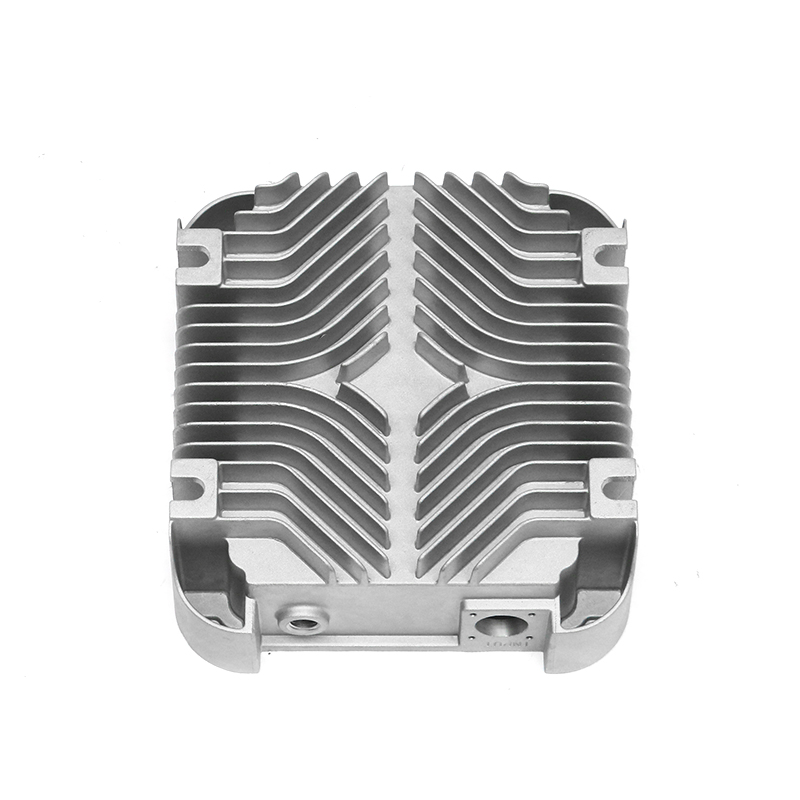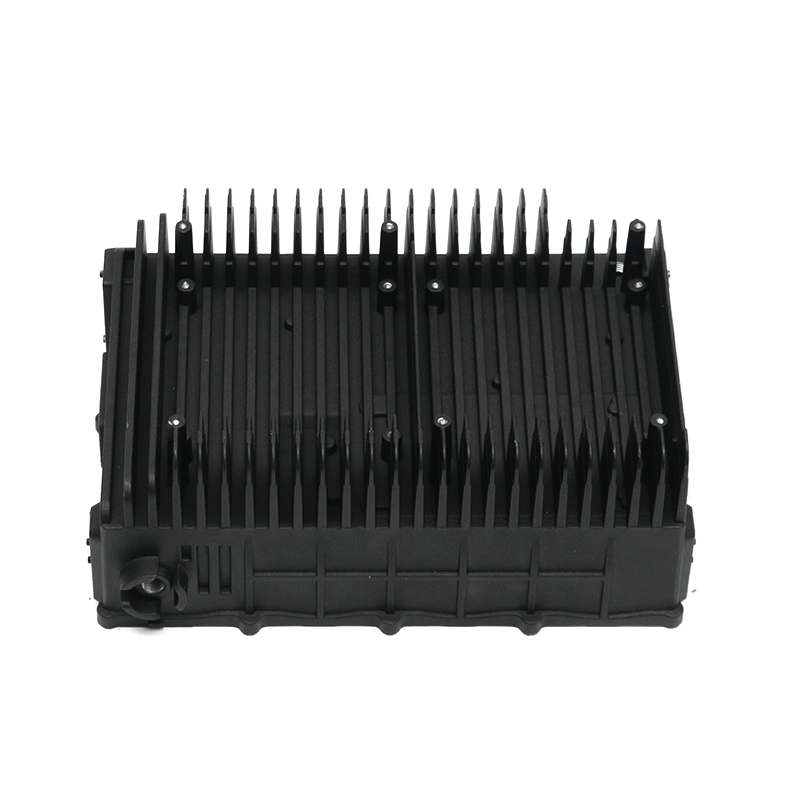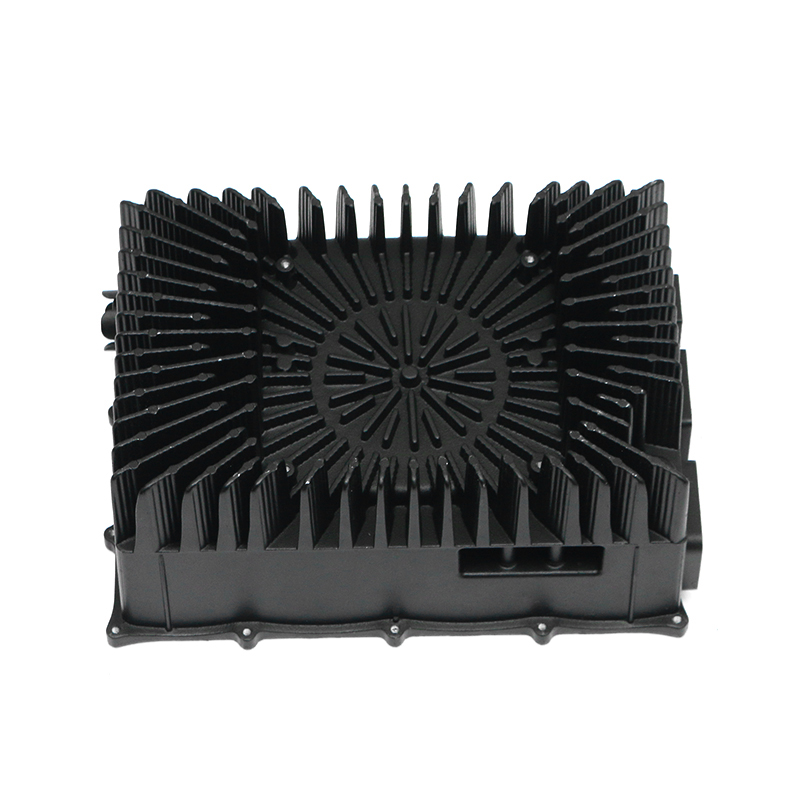Understanding the Importance of Wear Resistance and Crack Resistance in Precision Trimming Mold Die Casting
In precision die casting production, trimming molds play a vital role in removing excess material, flash, and gates from cast parts. The quality and durability of these molds directly influence the accuracy, surface finish, and overall stability of die-cast components. Wear resistance ensures that the mold can withstand continuous mechanical contact, while crack resistance prevents damage caused by repeated thermal and mechanical stresses. Achieving both properties requires an integrated approach involving material selection, heat treatment, surface enhancement, and optimized structural design. These measures together ensure consistent performance and prolonged mold life during mass production cycles.
Material Selection for High Wear Resistance
Choosing the appropriate material is the foundation for improving the wear resistance of precision trimming molds. High-performance tool steels such as H13, SKD61, or DC53 are commonly used due to their balanced hardness, toughness, and thermal fatigue resistance. These materials provide stable mechanical properties even under high-temperature working environments. In some advanced applications, powder metallurgy steels or high-speed steels are employed because of their refined microstructure and uniform carbide distribution. The hardness after heat treatment generally falls within 48–54 HRC, providing sufficient resistance to abrasion from the aluminum, zinc, or magnesium alloys used in die casting.
Effect of Heat Treatment on Mold Performance
Heat treatment plays a crucial role in controlling the hardness, toughness, and residual stress of trimming molds. Proper hardening and tempering processes enhance both wear and crack resistance by optimizing the microstructure. Quenching at controlled temperatures followed by multiple tempering stages ensures uniform hardness distribution throughout the mold. Overheating or insufficient tempering may lead to brittleness, increasing the likelihood of cracking during service. Vacuum heat treatment or controlled atmosphere treatment helps prevent surface oxidation, leading to improved structural integrity and dimensional stability. Consistent temperature monitoring during heat treatment is essential to achieve predictable mechanical behavior.
Surface Treatment Technologies for Enhanced Durability
Surface modification is another effective method to improve wear and crack resistance. Common surface treatment techniques include nitriding, PVD (Physical Vapor Deposition), CVD (Chemical Vapor Deposition), and ion implantation. Nitriding introduces nitrogen atoms into the steel surface, forming a hard and wear-resistant nitride layer while maintaining the core toughness. PVD coatings such as TiN, CrN, or AlCrN add additional hardness and reduce friction between the mold and workpiece. Ion implantation, though more complex, provides strong adhesion of the modified layer and enhances resistance to micro-crack formation. By combining these treatments, molds gain superior surface protection and longer operational lifespan.
Optimization of Mold Structural Design
Design optimization significantly affects the mechanical behavior and fatigue resistance of trimming molds. Sharp corners, uneven wall thicknesses, and poor stress distribution can cause localized stress concentration, leading to premature cracking. Engineers use computer-aided design (CAD) and finite element analysis (FEA) to predict stress patterns under real working conditions. Reinforcing critical regions with proper radii, adding fillets, and controlling cavity geometry helps distribute load more evenly. Proper cooling channel design also plays a role in maintaining temperature balance, minimizing thermal gradients that contribute to crack formation. Design optimization thus ensures both structural stability and ease of maintenance.
Role of Machining Accuracy and Surface Finish
The precision and surface roughness achieved during machining have direct effects on wear and crack resistance. Poor machining may introduce micro-scratches or tool marks that act as crack initiation points during high-pressure operation. High-precision CNC machining, EDM finishing, and polishing should be used to ensure smooth surfaces and accurate dimensions. Maintaining tight tolerances ensures even contact pressure during trimming, reducing uneven wear. Surface polishing not only improves mechanical contact behavior but also facilitates better coating adhesion during subsequent surface treatments. Consistent surface quality enhances fatigue life and stability during repeated operations.
Impact of Thermal Management in Die Casting
During die casting, molds experience repeated heating and cooling cycles. If temperature variation is not properly controlled, thermal fatigue can cause surface cracks. To ensure temperature stability, efficient cooling systems with uniform flow channels are essential. Cooling channels should be designed close to high-heat zones without weakening structural integrity. The use of temperature-controlled fluids or advanced cooling technologies like conformal cooling channels created via additive manufacturing can improve heat dissipation. Thermal insulation coatings may also be applied to balance temperature gradients. Stable thermal control helps maintain mechanical strength and prevents cracking caused by uneven expansion and contraction.
Maintenance and Regular Inspection of Trimming Molds
Regular maintenance and inspection are essential to prevent wear and crack propagation. During operation, trimming molds should be cleaned frequently to remove metal debris and residues that may cause abrasion. Inspections using non-destructive testing methods such as ultrasonic testing, magnetic particle inspection, or dye penetrant testing can detect early signs of cracking or fatigue. Timely polishing and recoating extend surface life. If wear or micro-cracks are detected early, partial repair techniques such as laser welding or TIG welding can restore the damaged areas. Scheduled maintenance reduces downtime and ensures consistent product quality in die casting lines.
Lubrication and Friction Reduction Techniques
Lubrication plays a crucial role in minimizing friction and surface wear during trimming operations. Proper lubricant selection ensures stable mold performance under repetitive contact. High-temperature lubricants, containing graphite or molybdenum disulfide, are often used to reduce adhesion between the mold and casting. Automated lubrication systems ensure consistent application, avoiding excessive buildup or uneven coverage. In some designs, micro-texturing the surface can enhance lubricant retention, further improving anti-wear performance. Maintaining the correct lubrication regime not only protects the surface layer but also minimizes friction-induced temperature rise that contributes to thermal fatigue and cracking.
Comparison of Common Mold Materials and Their Properties
Different tool steels and alloys provide distinct balances between hardness, toughness, and heat resistance. The following table compares several materials frequently used for trimming mold die casting applications, summarizing their key mechanical and thermal characteristics.
| Material Type | Hardness (HRC) | Thermal Conductivity (W/m·K) | Main Advantage | Recommended Application |
|---|---|---|---|---|
| H13 Tool Steel | 48–52 | 28 | Good heat resistance and toughness | General die casting trimming molds |
| SKD61 | 49–54 | 27 | Stable at high temperature | High-pressure trimming operations |
| DC53 | 60–62 | 24 | High hardness and wear resistance | Precision fine trimming molds |
| Powder Metallurgy Steel | 58–64 | 22 | Uniform carbide distribution | High-end trimming applications |
Controlling Stress Distribution During Operation
Mechanical stress during trimming can cause fatigue if not properly managed. Uniform stress distribution can be achieved by ensuring even contact between the mold and casting. The use of preloaded clamping systems and vibration analysis tools allows engineers to detect imbalance or misalignment early. Furthermore, proper trimming force calibration prevents excessive impact loads that could lead to micro-cracking. In automated die casting lines, sensors and monitoring systems track pressure and temperature data in real-time, helping operators make adjustments before significant damage occurs. Maintaining equilibrium between applied forces and structural strength prevents early mold failure.
Influence of Alloy Type on Mold Wear
The wear behavior of trimming molds is closely related to the type of alloy being cast. Aluminum alloys, for example, contain silicon particles that act as abrasives, accelerating surface wear. Zinc and magnesium alloys produce less wear but may adhere to the mold surface under certain temperatures. Proper surface coatings, like TiAlN or CrN, can reduce friction and prevent adhesion. Adjusting process parameters such as trimming pressure and cutting speed according to the alloy type further enhances durability. Understanding the interaction between mold material and casting alloy allows for tailored solutions to achieve balanced wear and crack resistance.
Advanced Coating and Surface Engineering Developments
Recent advances in surface engineering technologies have expanded the options for improving mold performance. Hybrid coatings combining hard nitrides with solid lubricants provide dual protection against abrasion and frictional heat. Laser cladding technology can apply wear-resistant layers directly to high-stress zones, extending service life without replacing the entire mold. Additionally, nanostructured coatings exhibit fine grain structures that enhance hardness and thermal fatigue resistance. The integration of such advanced coatings into die casting production enables higher operational reliability, lower maintenance frequency, and greater consistency in product output.
Microstructural Analysis and Quality Control
To ensure consistent quality, microstructural analysis of molds after heat and surface treatment is essential. Microscopic evaluation of grain size, carbide distribution, and inclusion content provides valuable data for predicting wear and crack behavior. Scanning electron microscopy (SEM) and hardness mapping can reveal localized weaknesses or uneven heat treatment results. Quality control departments use these analyses to adjust process parameters for future batches. Continuous feedback from production lines helps manufacturers refine heat treatment cycles and coating procedures, achieving better uniformity and longer mold lifespan.
Integration of Predictive Maintenance and Smart Monitoring
Modern die casting facilities increasingly adopt predictive maintenance systems that utilize sensors to monitor temperature, vibration, and surface condition of molds in real-time. These systems use data analytics to predict wear trends and signal maintenance before major damage occurs. For trimming molds, early detection of abnormal temperature or pressure fluctuations helps prevent crack propagation. Smart monitoring systems also record operation cycles and assist in optimizing production scheduling. This digital transformation approach improves reliability, reduces unplanned downtime, and enhances the cost-efficiency of precision trimming mold management.
Balancing Cost and Performance in Mold Design
While enhancing wear and crack resistance is essential, cost considerations must also be addressed. High-performance materials and coatings increase initial investment, but the extended service life often offsets these costs over time. By conducting a comprehensive cost-performance analysis, manufacturers can determine the most economical balance between material grade, treatment process, and expected lifespan. The table below summarizes the general relationship between material cost and durability in trimming molds.
| Material Type | Relative Cost | Durability Level | Maintenance Frequency |
|---|---|---|---|
| H13 | Low | Moderate | Regular |
| DC53 | Medium | High | Occasional |
| Powder Metallurgy Steel | High | Very High | Low |
| Coated Tool Steel | High | Very High | Low |
Training and Process Control for Operators
Skilled operation is a key factor in maintaining the wear and crack resistance of trimming molds. Operator training should include understanding proper mold installation, alignment, and pressure calibration techniques. Misaligned molds or excessive trimming force can quickly lead to wear and surface cracks. Implementing standardized operating procedures and recording process parameters enhances repeatability and stability. Regular training also improves awareness of maintenance schedules, lubrication application, and inspection practices. A well-trained workforce ensures that technical improvements in mold design and material selection translate into consistent production quality.


